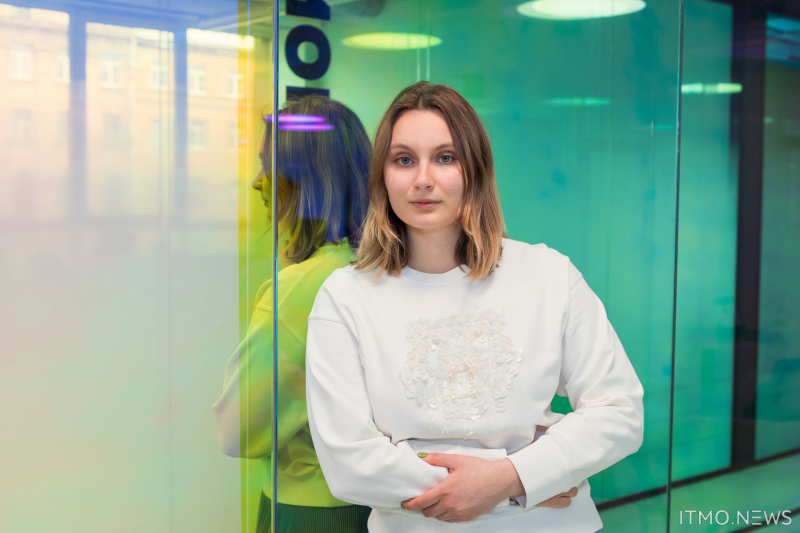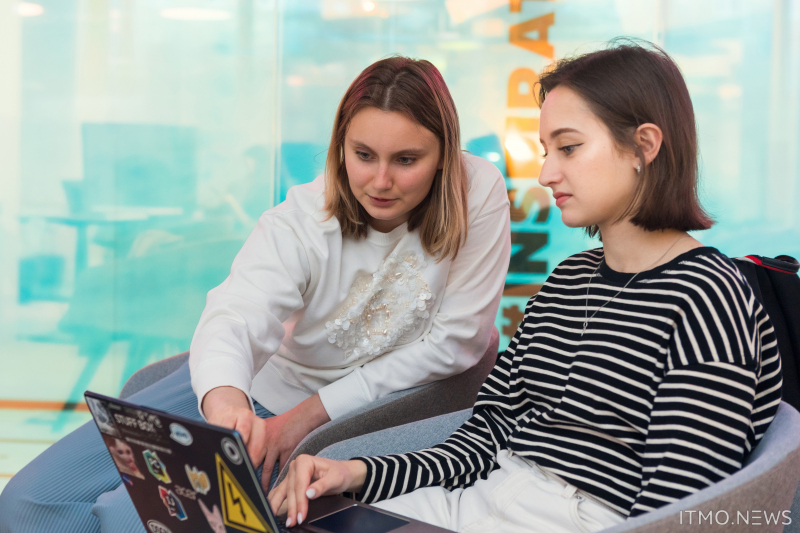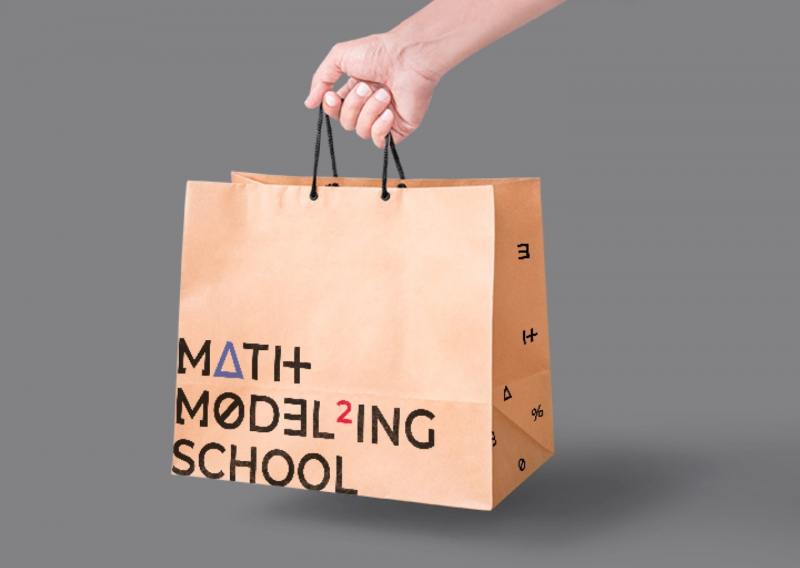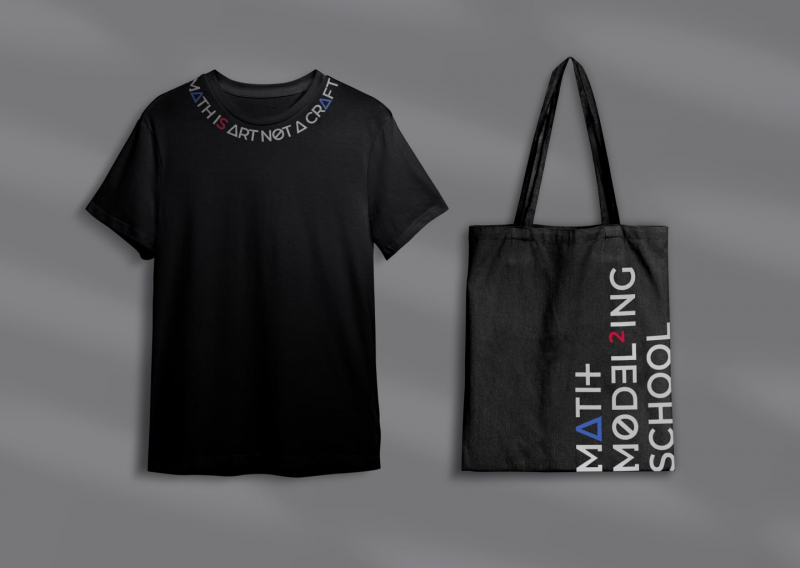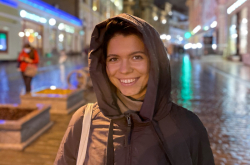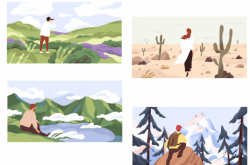When did you realize you wanted to design interfaces? And what was your background before ITMO?
I graduated from St. Petersburg Stieglitz State Academy of Art and Design with a degree in graphic design. When it came to what to study next, my options were brand identity development or typographics. Unfortunately, there were no programs in these fields at any of the city’s universities. That was why I decided to take an alternative path and venture into UX design. Moreover, after graduation I landed a job in branding at a creative agency, where I realized I wanted to be more closely involved in IT.
All of these considerations led me to a Master’s program offered by ITMO’s Center of Usability and Mixed Reality at the Faculty of Software Engineering and Computer Systems. I found it most appealing that here I could be responsible for my own curriculum and greatly advance my skills in UX.
How did you benefit from studying at ITMO?
First of all, I value the many interesting people I met here – even now, one of my coworkers is a groupmate of mine. Also, I really appreciated the course offered by Prof. Andrey Balkanskii: there was no division between seminars and lectures, each class was a live brainstorm with many incredible discussions. Prof. Balkanskii truly encouraged us to think and it was in his course that I learned to do it like a professional full-stack UX designer.
What are you occupied with now?
I work at a studio that I stumbled upon while studying at ITMO. Currently, I am a lead designer and I am involved in creating complex UX/UI services. I am overseeing the full development cycle, from beginning to end.
Another of my tasks, together with my team, is helping startups launch. People can come to us with just an idea and we will help them further develop it into a project. And the project can be in any field: we have experience with educational and healthcare projects, as well as with marketplaces.
Do you take on interns? How do you teach them? And what qualities are you looking for when choosing an intern?
Yes, we do take on interns and I am first of all interested in their taste and structured thinking. Having a taste for me means a combination of one’s education, exposure to art, and understanding of style, while structured thinking is the ability to think logically and provide grounding for the solutions you suggest. As our interns are mainly engaged in website prototyping, this last quality is, perhaps, the most important.
Moreover, I really care about the atmosphere in the team, so I try to find like-minded people who would enjoy working with us. Then, through their work they can learn any skills they lack in order to get to the necessary competence level.
This year, in collaboration with ITMO’s DesArm student club you held a course for everyone interested in design. How did you come up with this idea? And what were the standout features of the course?
This is a long story. Last fall we had a client who was developing his mentoring startup in Moscow. He was offering courses in economics taught by various experts in the field. While working at his university, he noticed that oftentimes lecturers and students exist in two different eras, there is no flexibility when it comes to change. This idea was really close to me, so I thought that it would be great to try and solve this problem by developing a course in design. I am really glad that I shared this idea with Elena Makhina and Liydmila Tsoy (specialists at ITMO’s Creative and Corporate Projects Planning Center – Ed.), because if it weren’t for their support, I might have never brought this idea to life. They were my perfect curators and helped me quickly launch the course.
Moreover, I was really looking forward to trying myself at teaching. Communicating with students and learning their understanding of design was a wonderful experience.
The only challenge was that there were students of all levels of familiarity with design, because the course was open for everyone, including students of robotics and programming. Some of them were eager to explore a new field, while others aimed to change their career trajectories.
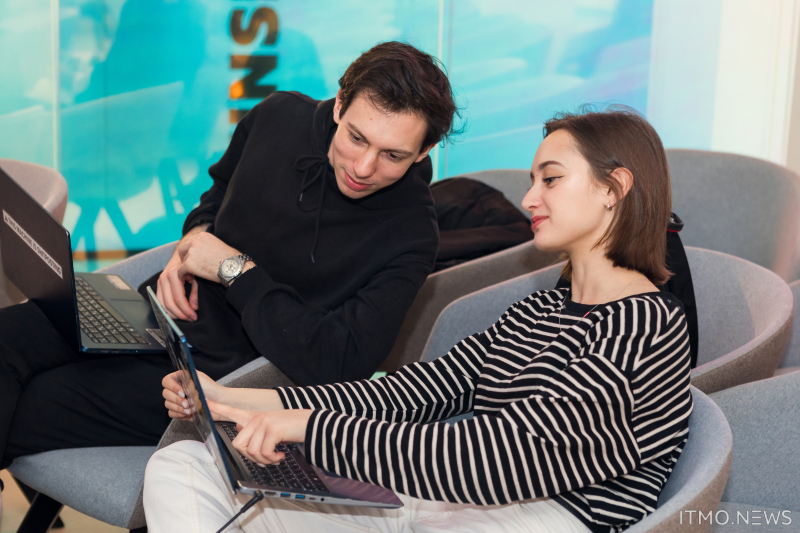
Students in the course. Photo by Dmitry Grigoryev, ITMO.NEWS
What is the course about and how did you create it?
I created the curriculum based on my own experience of studying various courses at two universities, as well as on teaching our interns at the studio. I really wanted the course to be concise but at the same time to include enough useful material, allowing the students to complete full-scale projects for their portfolios. For this purpose, I included lectures on the history of design, creative methods, and sketching. Additionally, I worked with each student individually during workshops or consultations. Students worked on their own projects while also doing real-world tasks, such as developing a company’s branding or creating a landing page for an agritourism hackathon. At the end of the course, students presented logos, physical mockups, or landing pages.
How would you rate the course: were you able to implement everything you wanted? How are you planning to develop it further?
This is something I should think through. Some of my students weren’t motivated enough to complete the course, so I will have to further revise the curriculum, especially seeing as ITMO’s Center for Optional Courses has recently accepted my application. This means that in the fall I am going to be running an official optional course, where I will be able to build on my experience from the workshops. I would really love to make it an open-timeline course and develop a clear step-by-step guide so that we could approach each task progressively.
